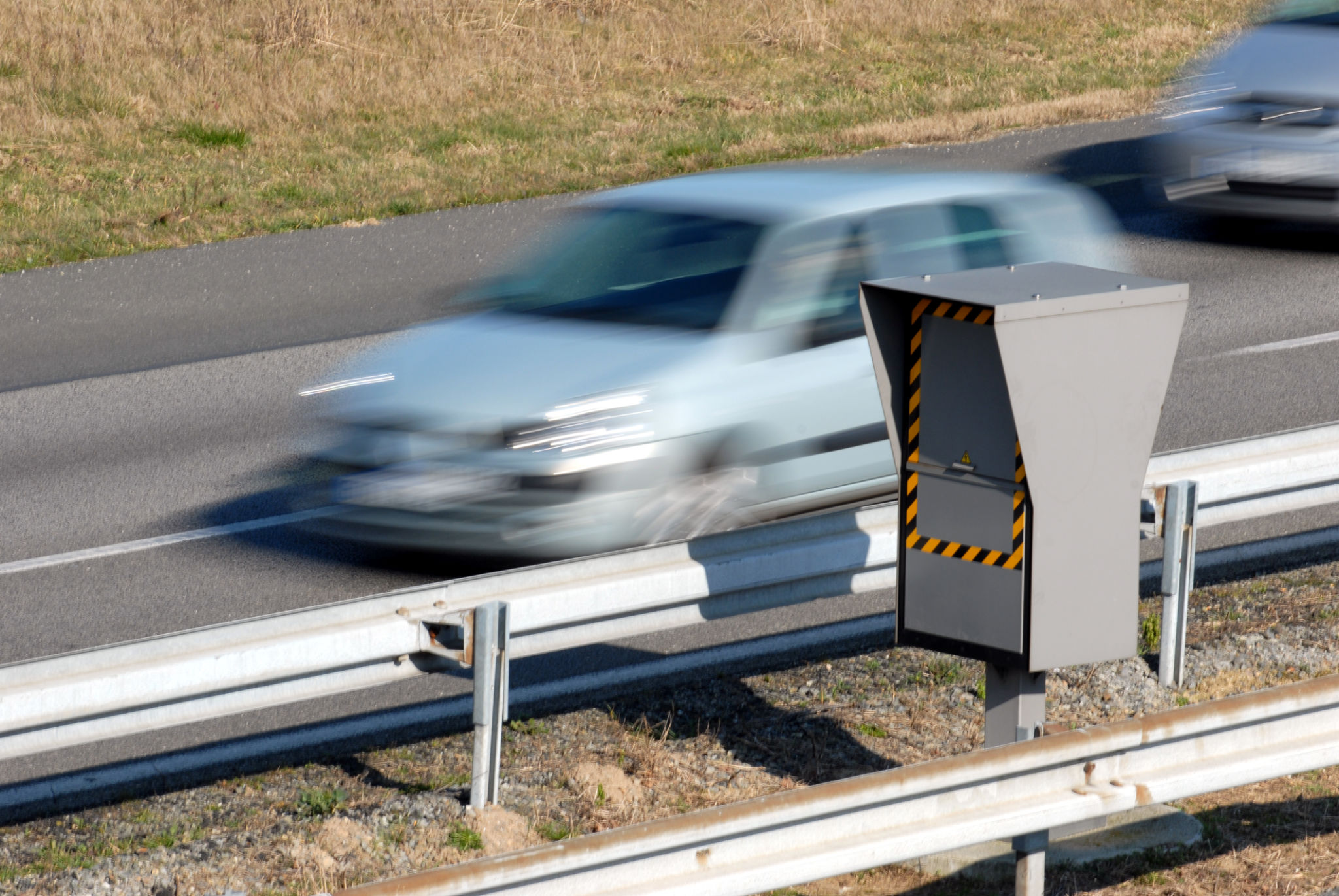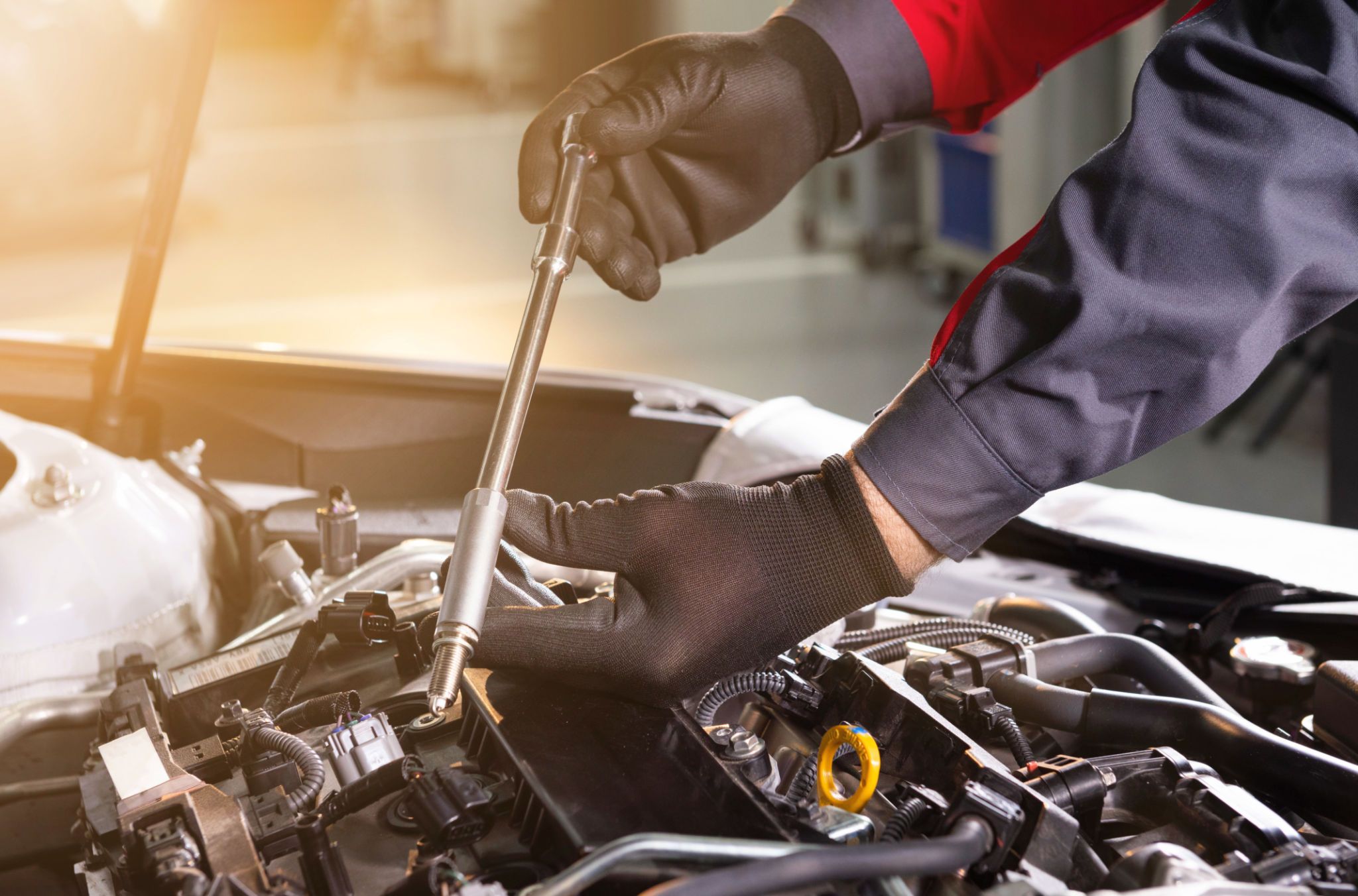Understanding Front Radar Calibration: Why It's Essential for Modern Vehicles
Understanding Front Radar Calibration
In today's rapidly evolving automotive landscape, technology integration in vehicles is advancing at an unprecedented pace. Among these sophisticated components, front radar systems play a pivotal role in ensuring safety and enhancing driving experiences. However, the effectiveness of these systems hinges on one crucial aspect: proper calibration.

What is Front Radar Calibration?
Front radar calibration refers to the process of adjusting and aligning the radar sensors located at the front of the vehicle. These sensors are integral to a variety of advanced driver-assistance systems (ADAS) such as adaptive cruise control, collision avoidance, and lane-keeping assist. Proper calibration ensures that the radar can accurately detect objects, distances, and speed, thereby allowing these systems to function optimally.
The calibration process typically involves using specialized equipment to ensure that the radar sensors are aligned correctly relative to the vehicle’s orientation and road. This precision is vital for the system to interpret data accurately and make timely decisions that enhance both safety and performance.
Why is Calibration Essential?
Accuracy is paramount when it comes to radar systems. Even minor misalignments can lead to significant discrepancies in object detection and response times. For instance, an improperly calibrated radar might not detect an obstacle until it's too late, undermining the vehicle's ability to prevent collisions effectively.

Moreover, calibration is necessary after certain events such as accidents, windshield replacements, or modifications to the vehicle’s structure. These incidents can alter the positioning or functioning of radar sensors, necessitating recalibration to restore accuracy.
Benefits of Proper Calibration
Ensuring that your vehicle's front radar system is correctly calibrated offers several benefits. These include:
- Enhanced Safety: Accurate radar systems can significantly reduce the risk of accidents by providing timely warnings and interventions.
- Improved System Performance: Proper calibration ensures that all ADAS features work as intended, offering a smoother and more reliable driving experience.
- Long-Term Cost Efficiency: Regular calibration maintenance can prevent costly repairs or replacements by catching potential issues early.
The Calibration Process
The calibration process typically involves both static and dynamic procedures. Static calibration requires the vehicle to be stationary while technicians use specialized tools to adjust the radar. Dynamic calibration involves driving the vehicle under specific conditions to fine-tune the system’s accuracy.

This process should always be conducted by trained professionals using manufacturer-recommended guidelines and equipment. Attempting DIY calibration can lead to incorrect adjustments, potentially compromising vehicle safety.
Conclusion
In conclusion, front radar calibration is a critical component of maintaining modern vehicles equipped with advanced safety systems. Ensuring proper calibration not only enhances safety but also maximizes the performance of these sophisticated technologies. Vehicle owners should prioritize regular calibration checks as part of their routine maintenance to ensure optimal functionality and peace of mind on the road.